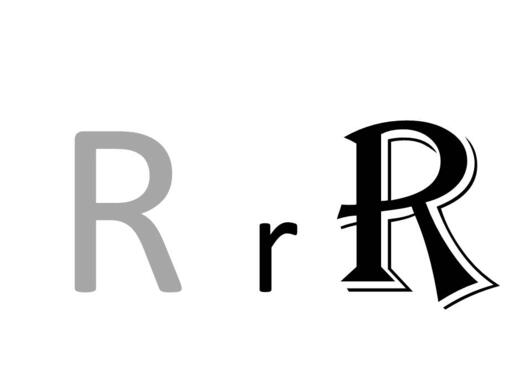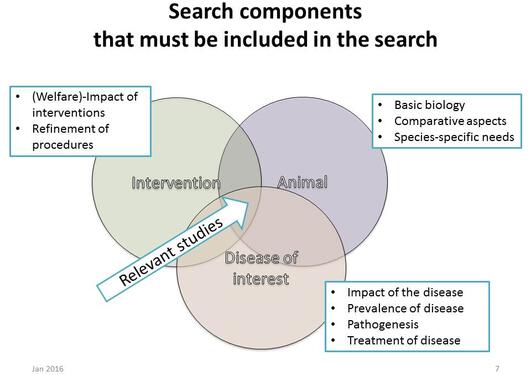Permission for animal studies
Application for animal studies
To do research in animals you must obtain permission from the animal experimentation administration (Forsøksdyrforvaltningen - FDF) in Norwegian Food Safety Authority (NFSA).

Forsøksdyrforvaltningens tilsyns- og søknadssystem FOTS
Photo:
Aurora Brønstad
Main content
Permission for experiments on animals in reserach must be obtained from Mattilsynet.
Useful links when planning animal reserach
10.06.2022


